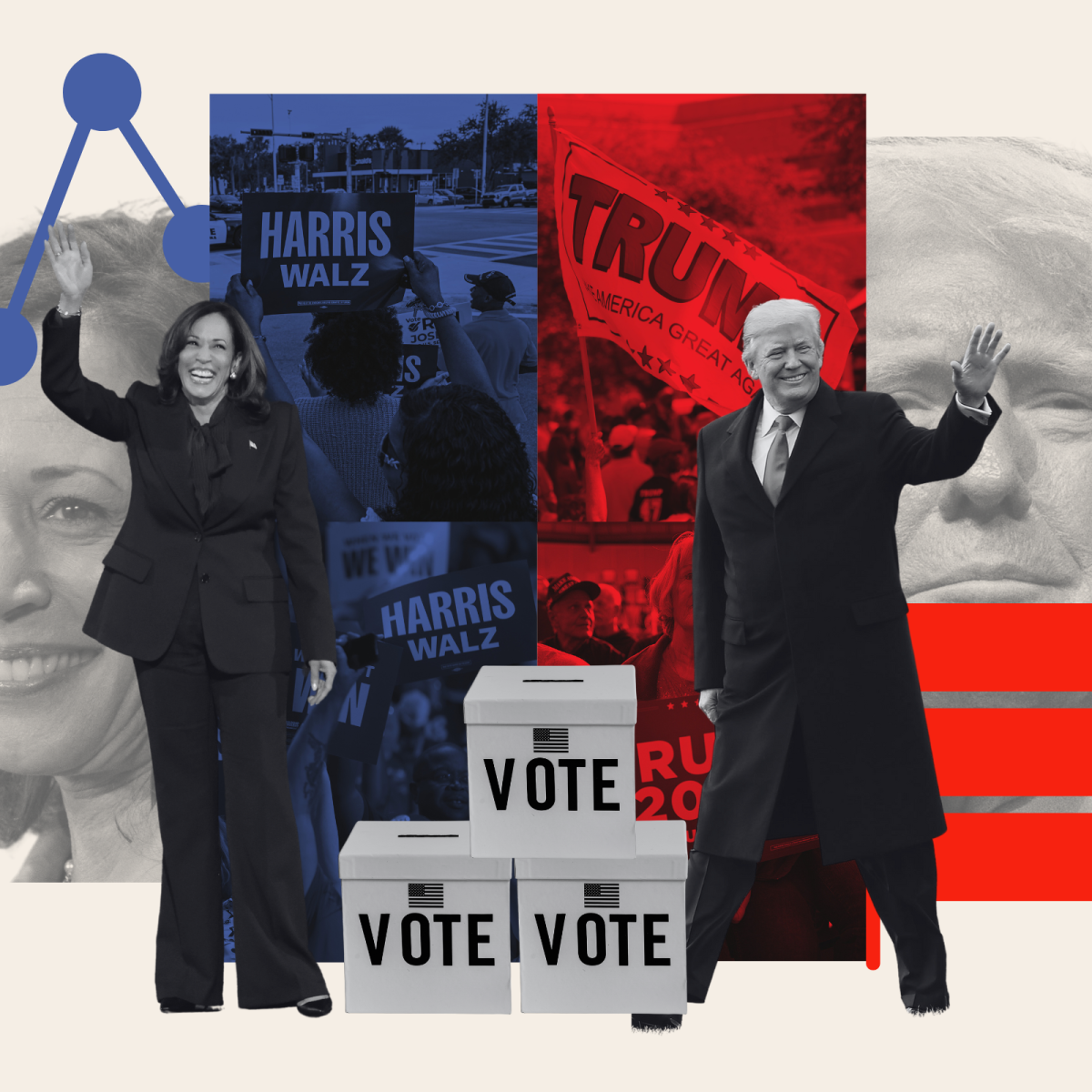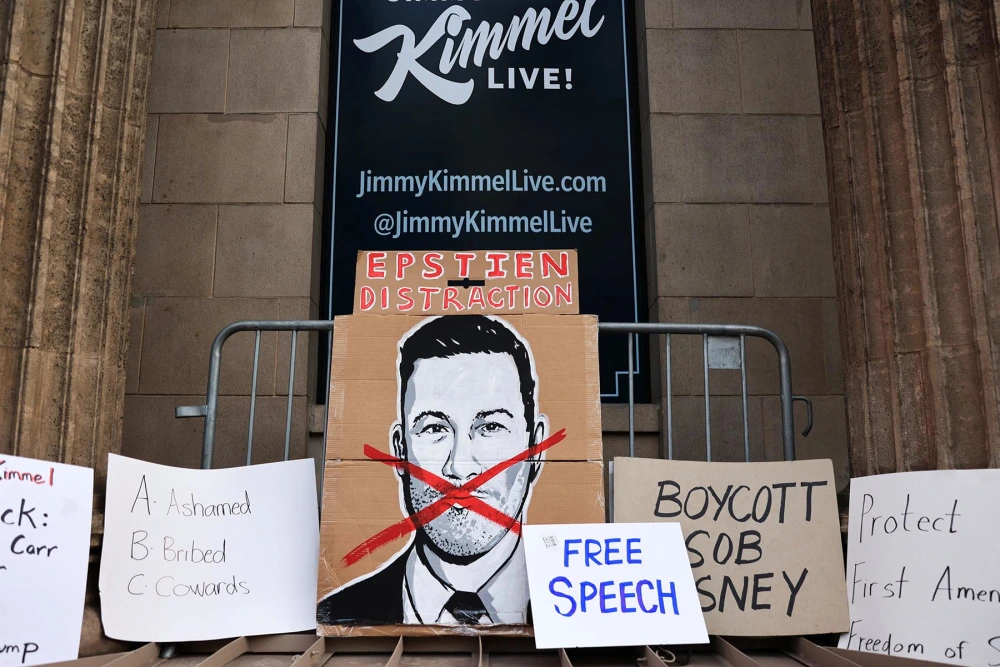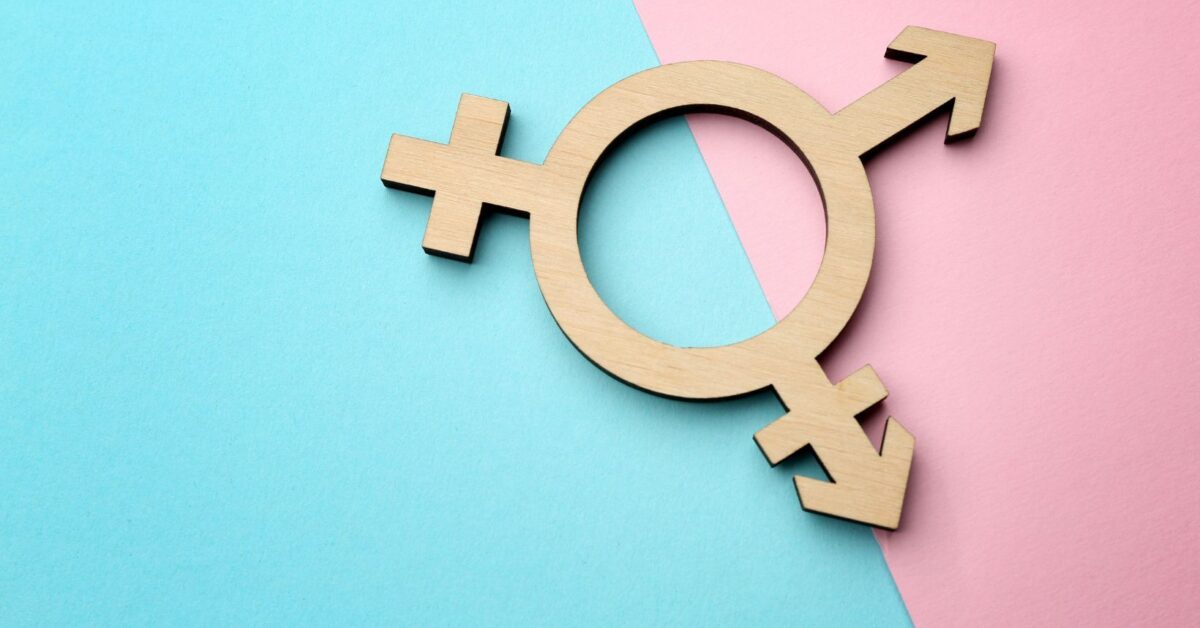Recent polls suggest that the two major party presidential candidates, Vice President Kamala Harris and former President Donald Trump, are practically tied in the popular vote. This fact has important implications for both parties in relation to their political strategies and the nature of the political system.
A Times/Siena Poll, a top-rated and prestigious political poll, recently found that Trump was ahead by around 2% of the popular vote. Five Thirty-Eight, an online political polling analysis website, finds on average Harris is up by 2.8% in national polls. Pew Research Center found in their own analysis that both candidates are evenly tied.
With the race being so close, every little decision matters and every moment could mean the election. This means the candidates’ campaigns will be in overdrive for every last vote, especially in key battleground states.
The candidates are reacting in different ways to the closeness of this race. The Harris campaign is playing it safe, largely avoiding unscripted events and interactions with the press. Trump’s campaign is going in a different direction, with the former president interviewing frequently, going to events that are hostile to his campaign and even appearing on a number of podcasts.
Both candidates are likely to lean into their respective strengths going forward, making sure to get every vote possible. Polling data from Pew Research Center suggests Trump is more popular on the economy and Harris is more popular on abortion.
This may lean in favor of Trump, as polling data from Times/Siena show that when asked about what voters saw as their most important issue, 21% said the economy as opposed to 14% who said abortion. With more people prioritizing the economy when voting and more people favoring Trump with the economy, Trump may gain more than Harris from the two key issues.
However, both vice president nominees are working in favor of Harris. JD Vance, Trump’s vice president pick, has been unpopular according to the polls. However, Tim Walz, Harris’s vice president pick, has been rather popular in the polls.
The key to understanding what this polling data means to the election is understanding how the Electoral College works. The truth is that a candidate does not need the support of the majority of the voters to win an election.
The Electoral College is a winner-takes-all system — those 538 votes that decide the presidency are not divided equally amongst all voters. For this reason, Trump has an advantage as much of his support is from rural states, who have more electors per vote as opposed to urban voters who have comparatively less representation.
Because of this fact and the state of the race in the key battleground states, Nate Silver, a renowned pollster, recently predicted that Trump is more likely to win the presidency, by 63.8%, than Harris.
Although it is hard to say exactly what direction the election will go in, the remarkable circumstances of this election season make it clear that everything counts. One reason, beyond the closeness of the race, is the fact that Harris started campaigning so recently.
“You’re compressing two years of campaigning into five months basically, so if you want to look at it heuristically, everything is four times as important,” Silver said.
The election is still undecided with no candidate showing any obvious lead in the polls. It is also important to remember that the polls can misread the public and misrepresent opinions.
Anything can change — the following weeks could bring surprises that could throw the best predictions out the window.









